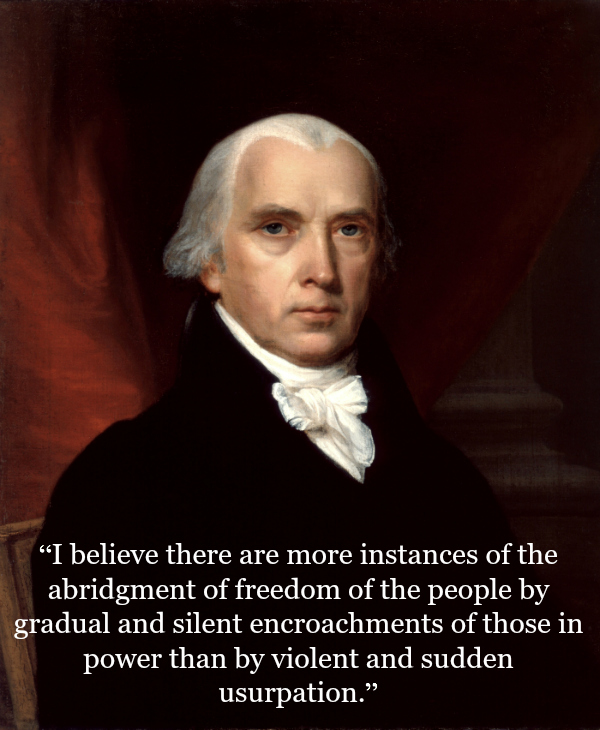The current vacancy on the Supreme Court highlights the ongoing debate about how to properly interpret the Constitution. The late Justice Antonin Scalia wanted the high court to interpret the Constitution the original way the founders intended.
An originalist would argue that words have a distinct meaning and are written to convey that meaning to any generation. Likewise, the Constitution was written to communicate a particular meaning yesterday and that still applies today and will apply in the future.
An originalist recognizes that some circumstances have changed since the drafting of the Constitution (for example, our modes of travel are different), but the goal is still to understand the original intent of the framers and apply those foundational principles to the contemporary situation.
Apparently the founders of this country and the framers of the Constitution were concerned that we would drift from these principles due to incremental changes. James Madison is considered the architect of the Constitution. He warned, “I believe there are more instances of the abridgment of freedom of the people by gradual and silent encroachments of those in power than by violent and sudden usurpation.”
By the middle of the 20th century, there were many who began to describe the Constitution as a “living and breathing document.” Chief Justice Earl Warren proposed that the Constitution should be interpreted in light of “the evolving standards of decency that mark the progress of a maturing society.” Associate Justice Thurgood Marshall was even more explicit when he acknowledged, “You do what you think is right and let the law catch up.”
The framers were concerned that future justices would not adhere to constitutional principles. That is why the U.S. Senate should also be concerned.
 Listen Online
Listen Online Watch Online
Watch Online Find a Station in Your Area
Find a Station in Your Area











 Listen Now
Listen Now Watch Online
Watch Online
